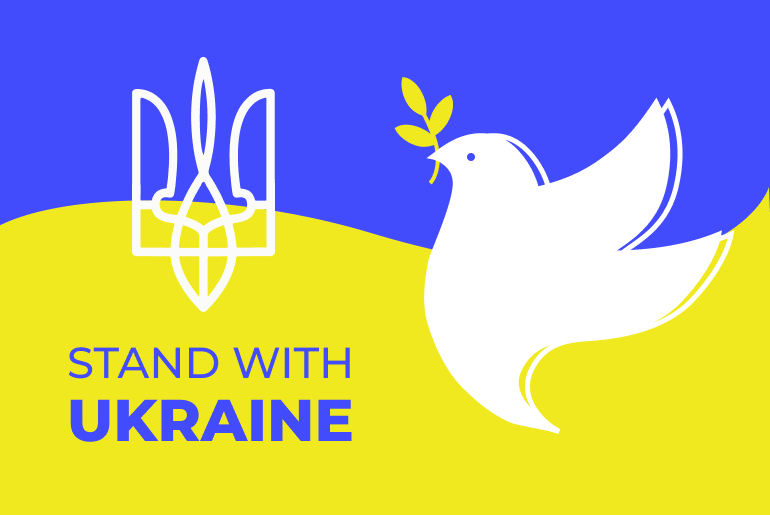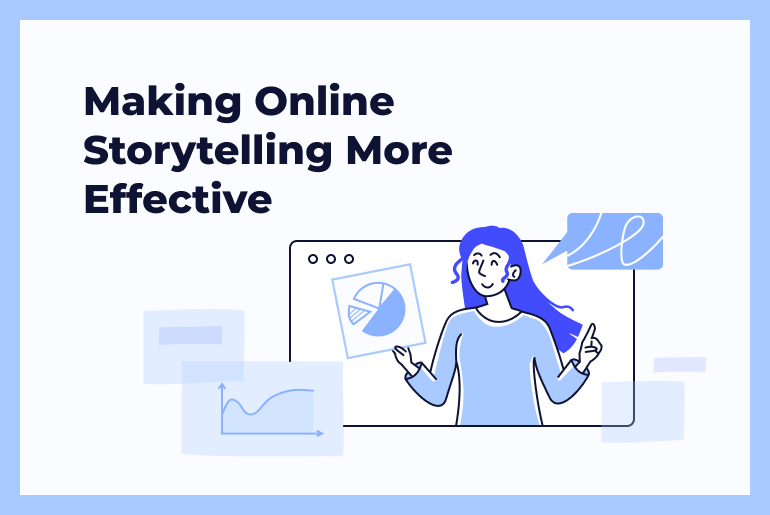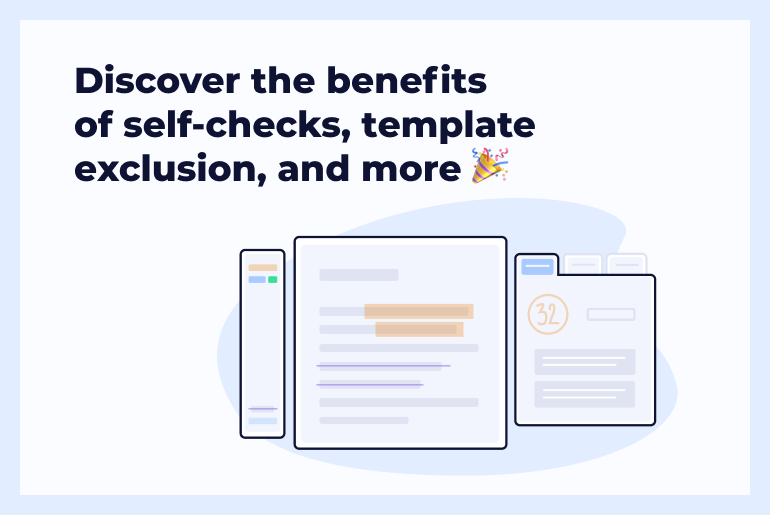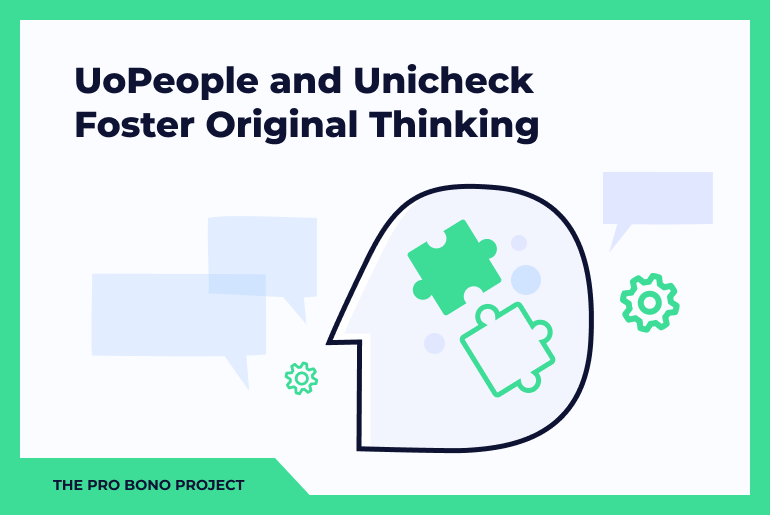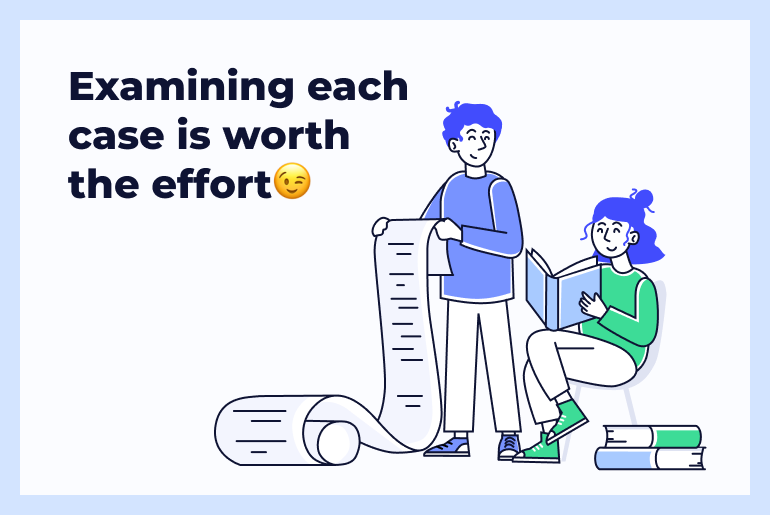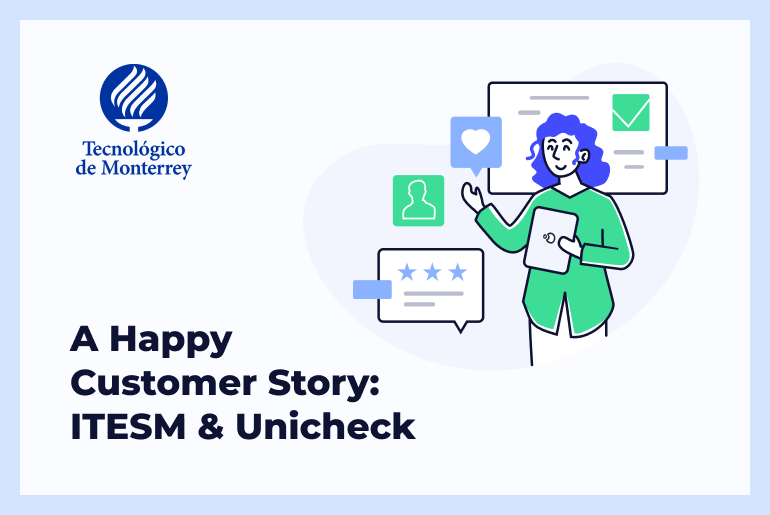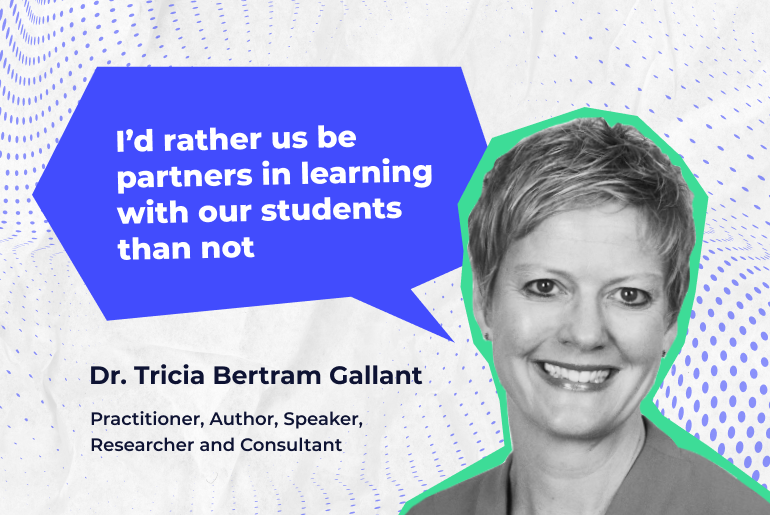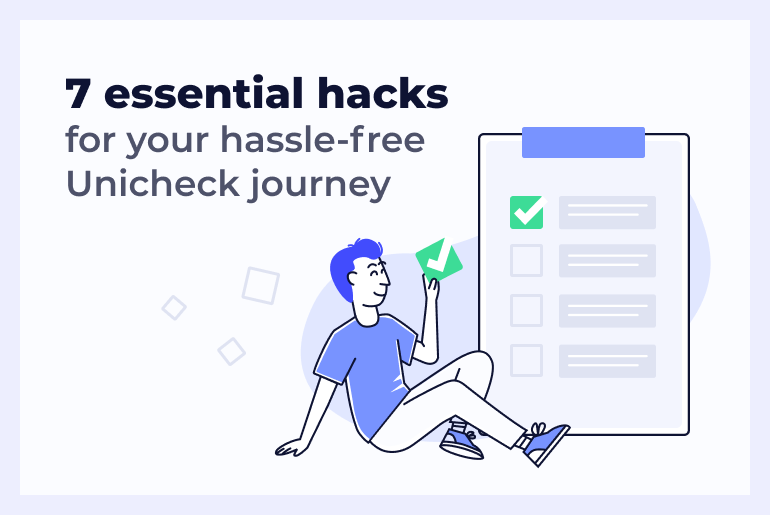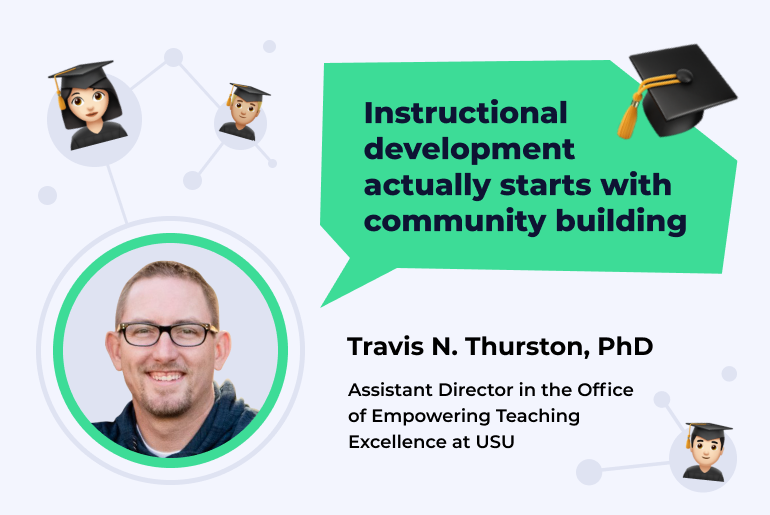We cannot avoid or ignore what is currently happening in our homeland, Ukraine. Since the invasion began, thousands of citizens…
The attention span of students has always been a challenge. With distance learning, this became even worse… To get students involved and get them to focus, instructors should be more imaginative than ever before.
On TikTok, videos telling how to fake one’s presence in online classes have gone viral. To prevent this from happening, this blog will explore how to make online storytelling really effective to keep your students wide awake.
Here it goes.
You’re sure to support our strong belief in the importance of continuously improving the user experience. This is what our team has been working on lately. Let’s add a bit of drum roll 😊🥁
Paper checking has become more hassle-free for all educators and students using Unicheck in Canvas LMS. How? You’re now able to access Unicheck’s native functionality from within Canvas. This will unlock manual checking for similarity and self-checks for students.
We’ve also rolled out Template Exclusion, which allows you to exclude any text matching a worksheet document used in student submissions. This update will make paper checking more accurate.
What if students worldwide could have equal opportunities to obtain their degrees without paying huge fees? This would definitely help them qualify for good jobs and avoid massive loan debts.
The good news is this type of tuition-free institution does exist, and their ever-growing student enrolment proves the value of knowledge and skills they provide.
Clarity. This is what gives a sense of understanding. This is something that gives directions to move on. When it comes to plagiarism prevention tools, you may want exactly the same, and for a good reason.
Knowing what percentage of similarity could be considered plagiarism would make it a lot easier. You could quickly pick up the papers that need further investigation and invite students to have a dialogue.
Picture an innovative, student-centered institution. What could it be like? A college with robots as teaching assistants? Or a vast university with campuses scattered across the state, with modern technology raising the next generation of citizens?
While some are drawing futuristic pictures, others may be thinking of real-life examples. One of them is the Monterrey Institute of Technology and Higher Education (ITESM).
Since March 2020, instructors and students have been facing a lot of stress, which turned into something even more devastating—despair and burnout. But what could motivate them to overcome these?
In our latest, inspiring conversation with Dr.Tricia Bertram Gallant, we dived into many burning questions like that one. We touched on the ways remote instruction influences academic honesty, essential arrangements for reconnecting with students, navigating between teaching students to use tools, and how educators can use these tools to discourage academic honesty violations. So many questions, so many great insights!
As instructors, you’ve most likely utilized online discussion boards for either intro conversations in online classes or for course Q&As. But discussion boards’ benefits go far beyond that. If they’re such a big deal, why can it be such a challenge to motivate students to participate?
Oftentimes, the assignment guidelines lack clarity, sound too formal, require extensive research, or contradict the rules set for a particular online discussion.
This blog will help you navigate all the stages of creating discussion board assignments so you can avoid the most common pitfalls. There’ll also be a couple of tools to try. It’s time to dig in!
Spoiler alert: In this blog, we’re naming all the major LMS and Unicheck checkpoints to ensure a successful user experience. And we’ve mentioned two fresh report alterations in the end. 😉
As distance learning is here for the long-term, the last thing you need is to be grappling with technology issues. To help you run every similarity check smoothly, we’ve compiled a list of things both administrators and instructors can do to make sure Unicheck is properly connected and ready to scan a paper for plagiarism.
We’ve also added a couple of updates that are now accessible within any LMS Unicheck integrates with. Just take a moment to go over this blog—there are some goodies in here.
Healthy self-criticism and persistency – that’s what leads to perfection. But counting on yourself only may slow down the progress. In instructional development, a community of like-minded peers too often acts as a real driving force enabling faster improvements.
So, how does it all work in real life? Utah State University (USU) can serve as a good example of community power. The institution regularly holds the eLearnX event to encourage knowledge sharing among instructors and motivate them to speak out freely about all the failures and successes.
In our interview with Travis N. Thurston, PhD, Assistant Director in the Office of Empowering Teaching Excellence at USU, we’ve got to know more about the instructional development at USU, how blended courses have become part of their learning process, lessons learnt from a fast transition to distance learning, and what stands behind the architecture of engagement. Let’s cut to the chase.

